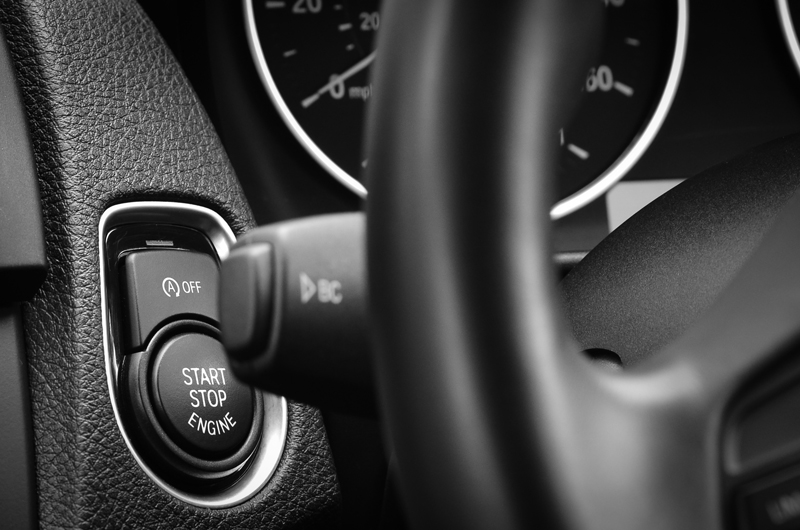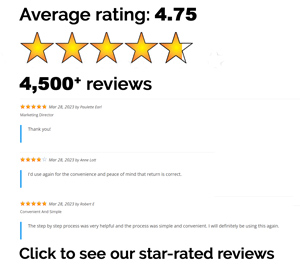After months of scrimping and saving, you can finally afford to buy a new car. There’s just one problem, how are you going to get rid of the one you already have? You can list in the classifieds and wait for potential buyers or make life easy by trading it in. While the latter is a much faster process, the downside is you may get less money than in a private sale. To ensure you get the most money for your trade-in, here’s what you need to do.
Understand how trade-in values are determined
Just because a car is valuable to you doesn’t mean it will be worth a dime to anyone else. According to CarsDirect, there are five things dealers take into consideration when making an offer. They are:
- Year – The newer the car, the easier it is for dealers to sell.
- Make and model – Certain vehicles are known to retain value better than others. For example, Toyota and Porsche both won best brand trophies in Kelley Blue Book’s 2018 Best Resale Value Awards.
- Condition – You can’t have a beat-up car and expect get top dollar for it. That’s not how it works.
- Mileage – The more miles you’ve racked up, the less appealing it is to buyers.
- Desirability – Is your car in high demand? Dealers love cars they know they’ll be able to get off the lot quickly.
Research your car’s value
The best way to avoid getting ripped off is to know how much cars like yours sell for in the area. Using a site like Kelley Blue Book, Edmunds or NADA makes the research process a lot easier. Simply tell them about your car (special features and all) and they’ll let you know the going rate. Keep in mind, your car’s condition plays a big role in how much money you’ll actually get. So, if you know your car has a few scratches or the leather seats are peeling, expect to get less than the estimated amount.
Spruce it up
Many people are guilty of buying things based solely on looks. In this case, buyers want a used car that still looks and feels new. Therefore, you need to get your car detailed so it makes a good impression. If your car has any dents or scratches that can be fixed inexpensively, go ahead and spend the cash. The better the car looks, the more people will believe that it’s been properly maintained. Plus, it can add hundreds of dollars to your bottom line.
Give your car regular checkups
No matter how good a car looks, it won’t be worth much if it can’t even make it up the block. After all, the main purpose is to be able to drive from point A to point B. From day one, you need to perform regular maintenance on your vehicle so you can catch any issues before they become a major headache. This includes changing the oil, checking your tire pressure, replacing the windshield wipers and things of that nature. Read your owner’s manual to see what services they recommend having done and when. If your dashboard currently lights up like a Christmas tree, go ahead and get that taken care of before trading it in. Save your receipts anytime you get your car serviced so you have proof that the car is in good condition.
Negotiate the trade-in separately
Sometimes dealers try to pull the wool over your eyes by bundling the trade-in and new car deal. What they’ll do is give you an above average offer on the trade-in. Then turn around and jack up the price of the new car to recoup their loss. Your best bet is to keep your mouth shut about your trade-in until you’ve already agreed on the new cars sales price.
Shop around
The first offer you receive may not be the best deal you can get. That’s why it pays to do your homework beforehand. If the dealer tries to low ball you, make a counter offer and show them with your research. Still not satisfied with what you hear? Don’t be afraid to walk away. Check out a few other dealers to see what they’re offering. Then choose the one that makes the most financial sense.




